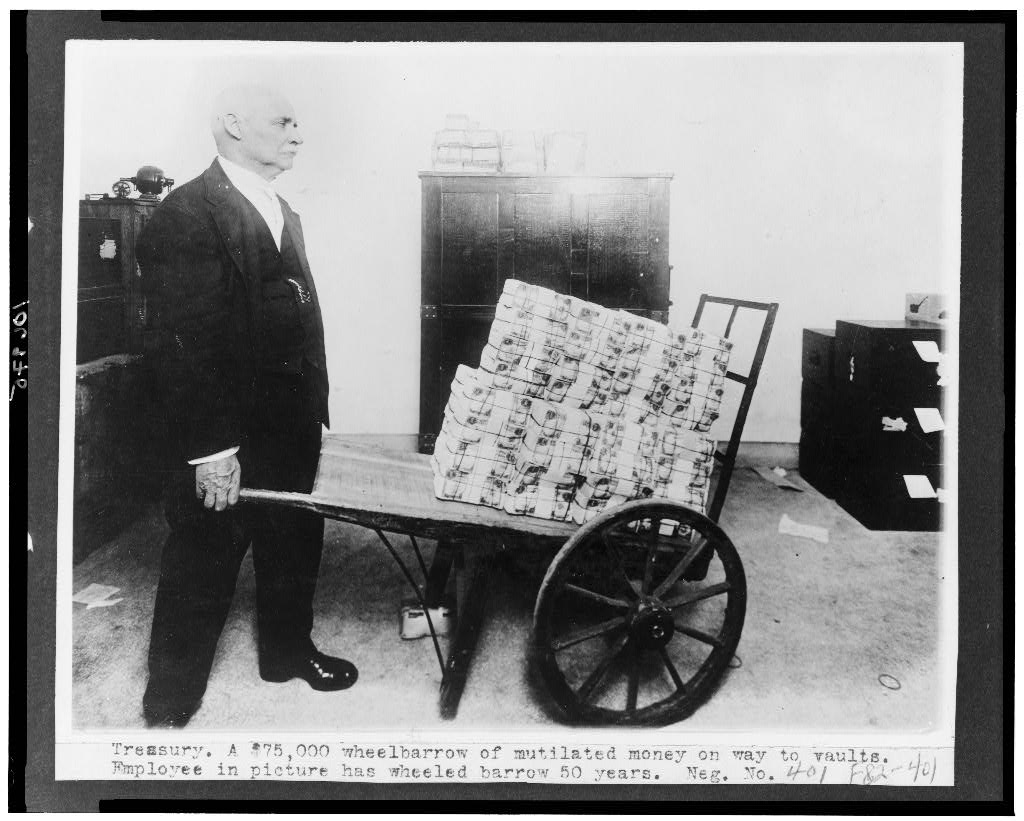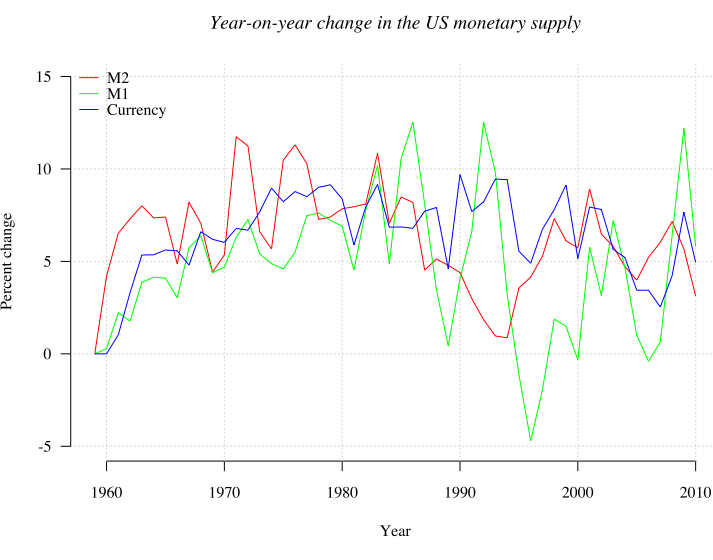As any savvy retailer knows, the basic products themselves aren’t the profit centers. The extras are. Otherwise appetizers, alcohol and desserts wouldn’t exist.
When you buy insurance on your personal vehicle, you have all the time you need to shop around and run numbers. When you buy insurance on a rental, you’re subject to a monopoly. Plus a clerk is staring at you, and another customer is waiting in line behind you; those are hardly the optimal conditions for making an informed, rational decision.
(Hey, what do you know? This boldfacing gimmick really works. Lots of eyes making their way down the page as we speak. What a fantastic idea. Should have done this months ago.)
The standard rental insurance policy is in zero-point green font on the back of the pink copy of a triplicate sheet that you’re not reading the back of anyway. You don’t want to spend any more time than you need to at a rental desk, and that goes double if you just got off a plane and have an inviting hotel room waiting for you. You just want to get out of there, especially if the alternative is reading paragraphs of legalese. So it’s tempting to just ask the clerk what every type of additional coverage means, then treat his non-binding oral descriptions as Gospel.
Don’t. Coverage can not only exceed the cost of the rental itself, it’s almost always redundant.
There are 17,756 possible 3-letter acronyms in the Roman alphabet. The car rental industry has a corresponding type of coverage for every one of them. Here’s what they are, and why they’re mostly useless. We’ll start with a couple of easy ones. Then on Friday we’ll show you where the car rental agencies do the most efficient job of separating you from your money:
LDW – Loss Damage Waiver (similar to its less encompassing cousin, Collision Damage Waiver, which is offered by some rental companies.) If you rent a car and someone steals it, or vandalizes it, or it gets in an accident, or hailstones fall on it, or it hits a pedestrian who survives and feels litigious, someone has to make good.
LDW is insurance, but the rental companies don’t call it that because they’re not licensed to sell insurance. They use the term “waiver” because when you agree to pay the extra $20 a day, the agency itself is waiving its right to charge you for damages.
We can sympathize with people who argue that LDW gives you peace of mind, which it does. But even peace of mind should submit to cost/benefit analysis. If someone offered you an all-inclusive lifetime medical policy, one that covered everything from standard office visits to trauma care, to all the Purinethol pills you could swallow, would you take the policy – if it cost $5 million?
If you drive, as you probably know if you drive, you have to have insurance. If you’re one of the few people who has a valid license with no existing insurance (certainly possible, if you live in downtown New York or Toronto or somewhere and gave up possessing a car), the rental agency can, and should, require you to buy LDW.
That leaves the 99+% of us who actually use our licenses, and whose primary insurance will cover us first. READ YOUR (primary insurance) AGREEMENT. People don’t like reading agreements. That’s why we have a subprime mortgage crisis in this country, a crisis created by homeowners.
If you temporarily transfer your State Farm or AAA or whomever coverage to your rental car, your deductible will still apply. Which is only fair, isn’t it? Causing damage, in CYC’s carefully ratiocinated opinion, is bad.
Of course, you need to think a little harder if the car you’re renting is vastly more expensive than the car you drive primarily. Say you rejected comprehensive coverage when you bought the policy to cover your 1986 Yugo. (Which makes sense. If a $1200 car incurs $1000 in damage, you should sell it to a junkyard.) But that leaves you exposed if you rent a Jaguar. Also, why the hell are you renting a Jaguar?
Yes, the LDW will cover you for such unremarkable mishaps as flat tires. But your rental vehicle comes with a spare, and most tire places will repair a flat for next to nothing.
SLI – Supplemental Liability Insurance
For $9 a day, give or take, this gives you up to $1 million in excess liability coverage. Above we listed scenarios, however unlikely, in which LDW might make sense. There’s no scenario in which SLI makes sense. If you’re not carrying enough liability insurance on your primary policy to begin with, the Enterprise counter isn’t the place to make a necessary lifestyle change. Instead of marking an X in the Hertz box, call your insurer and add the coverage on your main policy.
Presumably, you can live with a minor dent in a panel on your own Toyota Camry. But when you get a similar dent while driving a car from Alamo, they’re going to be less forgiving about it. Hence the deductible, previously alluded to. The likelihood of you incurring damage greater than your deductible during the brief period that you’re renting the car is small enough that you should play the odds and forgo the supplemental insurance. If it isn’t, then you’re a crappy driver and shouldn’t be renting a car (or getting insured) anyway.
If you think that’s bad, wait 48 hours. More financial skulduggery, and how you can combat it, Friday.
This article is featured in the following carnivals:
**Carnival of Financial Planning: Thanksgiving Edition**
**The Carnival of Financial Camaraderie #9**
**Top Personal Finance Posts of the Week-I Ate Way Too Much Edition**







